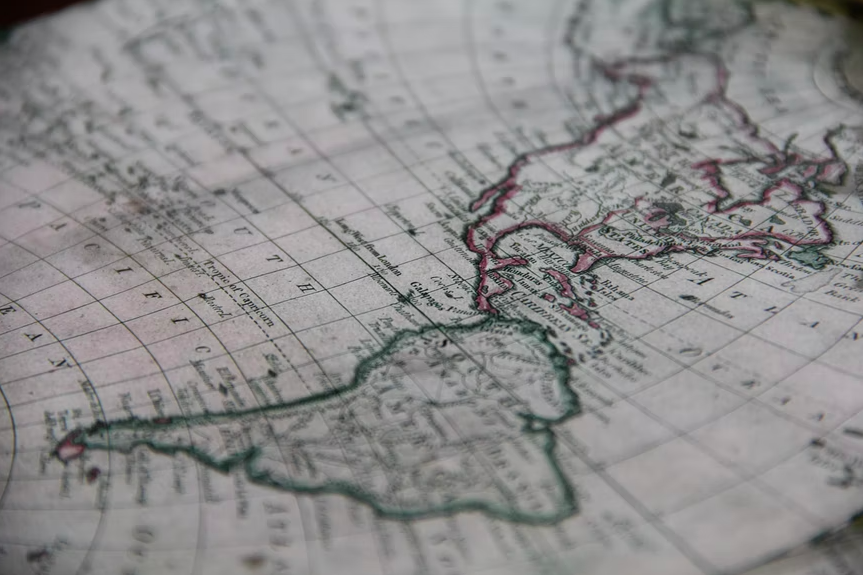Chile’s Foreign Minister Roberto Ampuero announced on Thursday that his country will join China’s Belt and Road initative. He will sign a memorandum confirming the move Friday. Ampuero hopes the plan will make Chile a more attractive destination for Chinese investors and provide an advantage over other countries in the region. China is Chile’s top destination for foreign trade, and the government has already signed a customs deal to increase access to each other’s markets.
The project is part of a global effort by China to establish a global “belt” of overland corridors through Africa, Europe, and Asia as well as maritime “roads” or shipping lanes that will connect the economic powerhouse to trading partners the world over. It has been called the Chinese Marshall Plan, and is part of President Xi Jinping’s effort to connect China with its trading partners via a “21st century Silk Road.” The project already includes over half the world’s population and 70 countries. So far, more than $210 billion has been invested, but it is estimated the initiative will cost over $1 trillion.
The effort consists mostly of infrastructure projects that will connect China to current and potential trading partners. The loans appear generous and many have been made to the poorest countries in the world. However, those with questionable creditworthiness will face the prospect of major infrastructure owned by foreign investors if they are unable to pay. Already, the struggling Sri Lankan government has leased a port to the Chinese for 99 years. Additionally, the projects use almost exclusively Chinese labour, with the country flying in its own citizens to build projects in areas of the globe with large unemployed populations.
The move comes after President Trump pulled the US out of the Trans-Pacific Partnership (TPP), which would have united 12 countries and roughly 40% of global GDP. The TPP was planned to provide a trading block to counter Chinese influence on the global trade regime. By implementing a deeper agreement addressing labour, environmental, and intellectual property standards, the Obama Administration hoped to counter the Chinese influence over the global trade embodied by the Belt and Road Initiative. But during the 2016 election, public opinion in the US turned against trade. Both competitive democratic primary candidates came out against the proposal, including Hillary Clinton, who had helped develop the deal. Candidate Donald Trump railed against the agreement as unfair from the start.
Some analysts have labelled this “debt-trap diplomacy,” a tactic of using the indebtedness of poorer nations to extract political or territorial concessions. China forgave an unknown amount of Tajikistani debt in exchange for access to 1,158 square kilometers of Tajikistani territory. The effects of this policy on the balance of power are yet to be seen, but represent an increasingly assertive foreign policy by President Xi, who has been successfully consolidating power in his country since his ascension in 2012.








